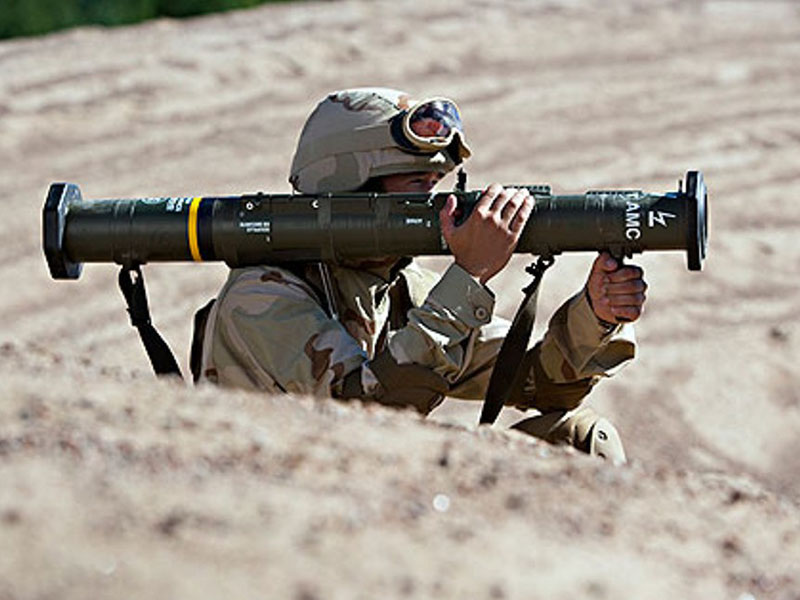
Turkey’s top defense official announced on December 30 that the country’s indigenous long-range air defense missile, Siper, had been successfully test-fired and hit its target at a range of over 100 kilometers. However, the price of tri-mode seeker technology has since become more affordable, and the Army is now looking to address its aviation strategy with a JAGM Increment 3 requirement that would increase the range of the missile and add the tri-mode seeker. Army, but the requirement was later changed to a dual-mode seeker due to cost concerns. This technology was originally required by the U.S. In addition to the increased range, the JAGM-MR also features a tri-mode seeker that combines a low-cost imaging sensor with semi-active laser and millimeter wave sensors. The ability to operate out of range of enemy weapons systems is critical for the military’s efforts to protect its personnel and assets. This longer range is seen as a major advantage for military operations, as it allows for greater standoff from enemy locations.

The missile flew for 16 kilometers, twice the range of the JAGM. The company conducted a successful flight test of the JAGM Medium Range (JAGM-MR) on November 16 at Naval Air Weapons Station China Lake, California. Lockheed Martin has made significant progress in the development of its Joint Air-to-Ground Missile (JAGM). Work will be performed in Huntsville, Alabama Rocket Center, West Virginia Camden, Arkansas Chelmsford, Massachusetts and Grand Prairie, Texas, with an estimated completion date of December 31, 2024.

Lockheed Martin won a $31.8 million modification to incrementally increase the annual award of Phased Array Tracking Radar to Intercept on Target Advanced Capability-3 missiles.


 0 kommentar(er)
0 kommentar(er)
